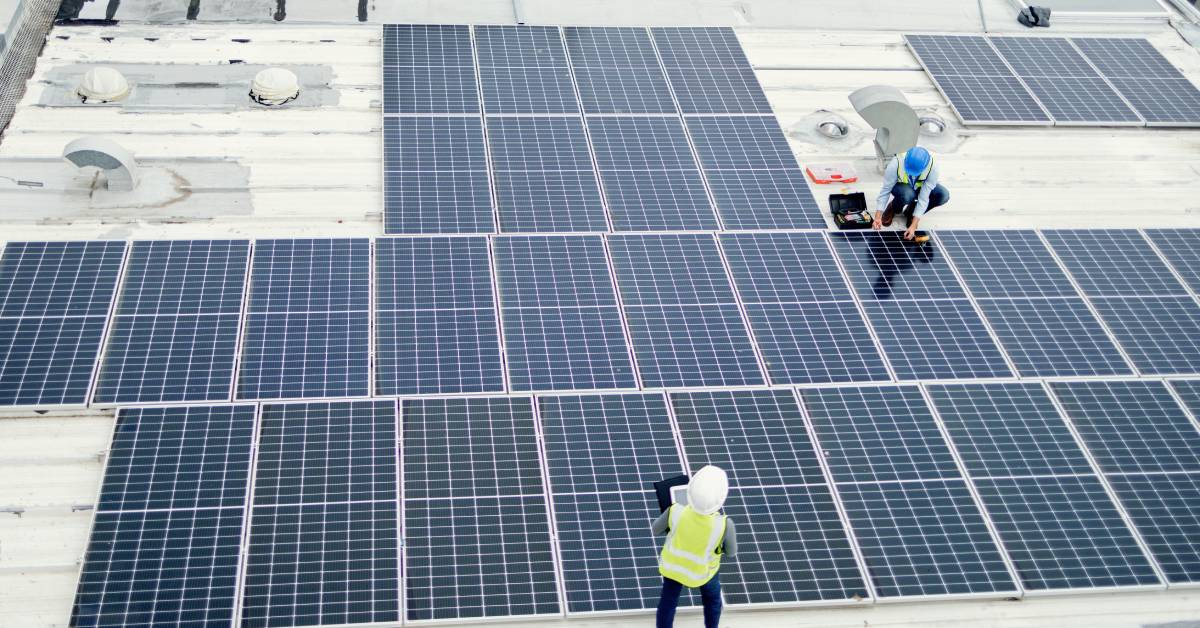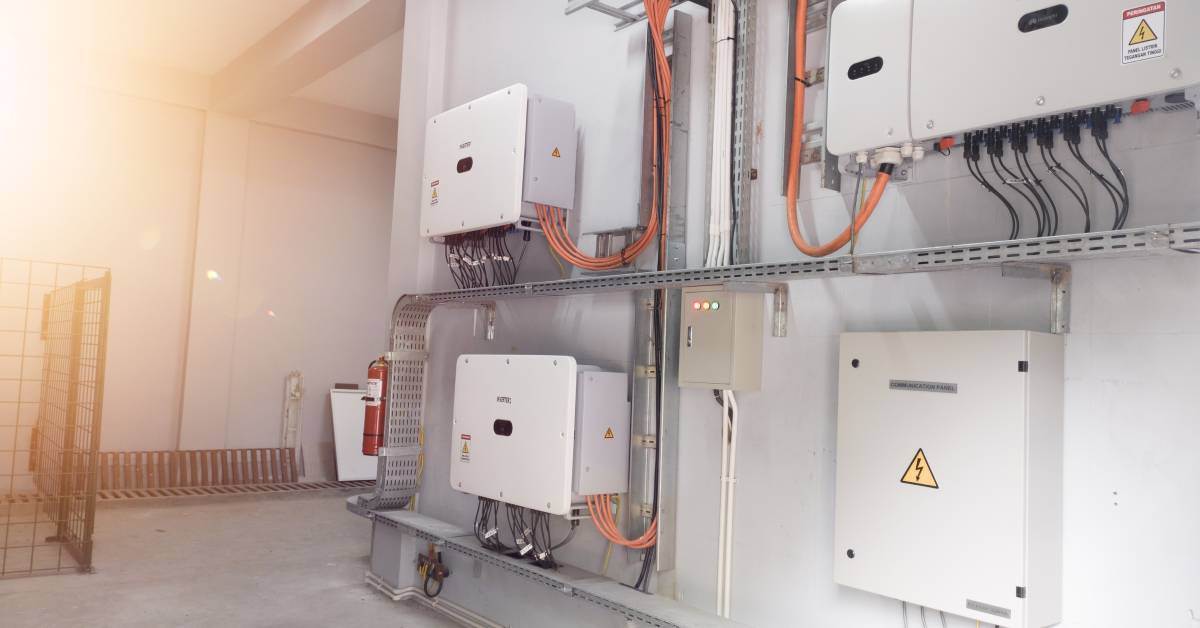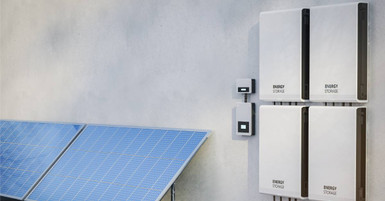Jan 21st 2025
An Overview of the Material Used in Solar Labels
Every part of a solar energy system is made from high-quality materials that guarantee longevity. That includes solar labels that distinguish hazardous materials and offer troubleshooting instructions for stable performance. Without these handy labels, you may struggle to maintain your system.
Solar labels must resist the elements and remain legible despite being kept outside. Curious about what makes them so durable? Read below for an overview of the materials used in solar labels.
Why Materials Matter for Solar Labels
Your solar labels protect technicians from serious risks during repairs. Don’t settle for a low-quality sticker—get the most out of your solar grid by investing in high-quality labels you’ll only have to buy once.
Ensuring Durability in Harsh Environments
Solar grids reside in environments exposed to intense sunlight, harsh winds, and fluctuating temperatures. Labels must withstand these conditions without fading, peeling, or becoming illegible. Applying durable labels to your system components will reduce the cost of replacements.
Maintaining Adherence Over Time
Adhesives stick to the surfaces of your solar grid and should be difficult to remove. High-performance adhesives used in solar labels bond well to diverse substrates like metal, glass, or plastic. This adhesive is so strong that removing a label requires chemicals and special tools.
Your solar labels should remain attached to your system under temperature fluctuations and humidity. Low-quality stickers will easily peel from the moisture of a rainy day or the humidity in a hot environment. Avoid replacing your solar labels by choosing a design that affixes to your system despite harsh weather conditions.
Regulatory Compliance
Solar labels protect staff and technicians from harm in hazardous environments. Most labels provide warnings, safety information, voltage ratings, equipment troubleshooting tips, and cable marking for electrical equipment. Regulatory bodies have established laws on installing these labels properly to ensure safety.
Industry standards like the American National Standards Institute (ANSI), the National Electrical Code (NEC), and UL 969 require durable solar labels on grids. Materials such as certain polycarbonate films undergo rigorous tests to comply with these standards, and industries must comply. Use trusted brands for your solar labels to meet legal requirements.
Types of Materials Used in Solar Labels

Many brands use weather-resistant materials such as polycarbonate film, polyester, and vinyl for solar labels that manufacturers can easily print on. Find out more about the base and adhesive materials used in solar labels below.
Base Materials for the Label
Polycarbonate films offer a blend of flexibility and strength, which works well for solar labels. These films resist impact and abrasion while providing ample UV radiation protection. Many installers use polycarbonate film stickers to mark outdoor electrical boxes or equipment because of the material’s weather-resistant properties.
Polyester is another widely used base material in solar labels. It provides high strength and resistance to chemicals and abrasions. Polyester films also cater to high-temperature applications to maintain the thermal stability that solar panels require.
Vinyl typically works best for flexible applications, such as curved or textured surfaces. Its pliable nature makes it ideal for labeling cylindrical objects like cable conduits. While less durable than polycarbonate, it performs well when paired with protective overlays.
Protective Overlays for Longevity
As a protective measure for your solar labels, you can invest in an additional layer on top of your solar labels. For example, laminated overlays improve the lifespan of the printed label by adding an extra layer of UV, scratch, and moisture resistance. Laminate films, when paired with polyester-based labels, form a powerful combination for outdoor solar installations.
Along with laminated sealants, acrylic coatings provide optical clarity and robust weather resistance. Using an acrylic overlay can reduce the risk of fading or distortion in high-heat environments.
UV-resistant top layers also protect against fading caused by prolonged sun exposure. These coatings secure the legibility of safety warnings and system labels over time. With one or more of these protective layers, you can increase the longevity of your solar stickers.
Adhesive Backings
The adhesive material on your solar labels will allow you to stick them to any surface despite moisture, debris, or uneven texture. Silicone-based adhesives can endure extreme heat and cold without losing their bond strength. When affixed to glass or metal frames, these adhesives don’t peel—even in scorching temperatures.
Acrylic adhesives are highly versatile for other areas of your solar grid. They provide excellent bonding strength across multiple surfaces, and their pressure-sensitive properties work well for equipment in consistent operation.
Conductive adhesives protect the electrical pathways of labels that double as functional components within electronic circuitry (like RFID labels). This preserves your electrical current and warns others about the electrical hazard.
Printing and Finishing Considerations
 Aside from the durability of the materials, the text and signage must be legible. Manufacturers use compatible ink and glossy finishes to preserve the message on your solar labels. Learn more about this process below.
Aside from the durability of the materials, the text and signage must be legible. Manufacturers use compatible ink and glossy finishes to preserve the message on your solar labels. Learn more about this process below.
Ink Compatibility
UV-resistant inks do not fade under prolonged exposure to sunlight. Thermal transfer printing inks also produce high-resolution images and maintain durability when subjected to outdoor conditions. These materials are a better alternative to traditional solvent-based inks that can lose vibrancy over time. In addition, the ink used on the surface of solar labels has fine lines that mitigate spreading or fading.
Surface Textures
Labels can come in glossy, matte, or textured finishes depending on the application. Many manufacturers suggest matte finishes in high-glare environments and glossy finishes to capture people’s attention. Choose a surface texture for your labels that increases their visibility.
Anti-Reflective Coatings
Anti-reflective coatings improve the visibility of the printed content on labels, especially under intense sunlight. Consider using anti-reflective coatings to make the sticker easier on the eyes for people with visual impairments or technicians working under the bright sun.
Solar grid materials enable the system to operate as intended, and that includes practical resources like solar labels. While many people may disregard these features, constant replacements or ineffective labels could become a financial burden, make repairs more difficult, or fail to meet regulations. Avoid unnecessary costs, and invest in high-quality solar PV stickers that will last.

